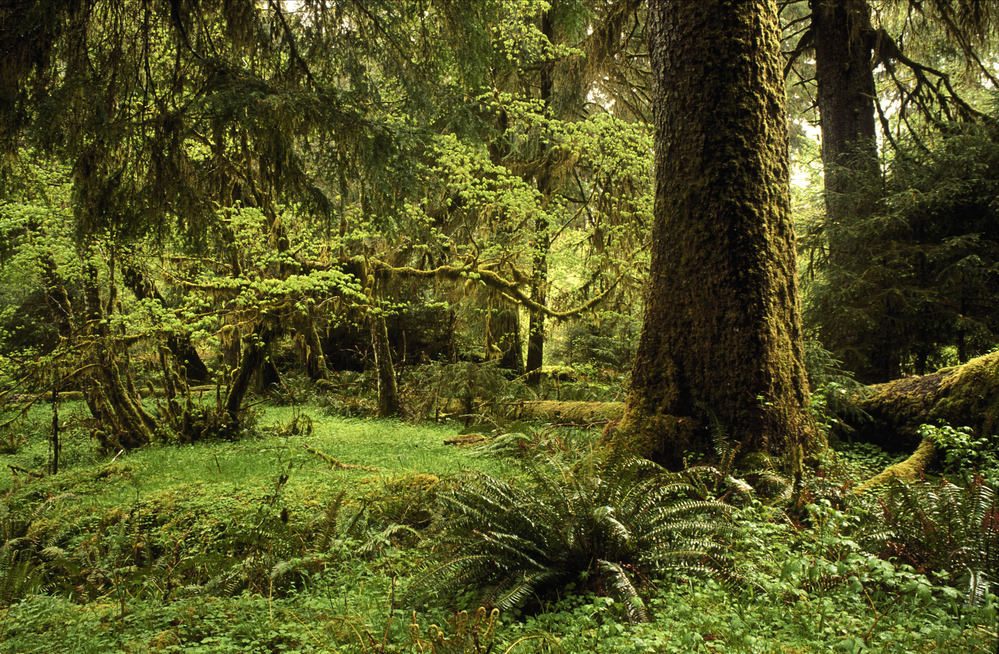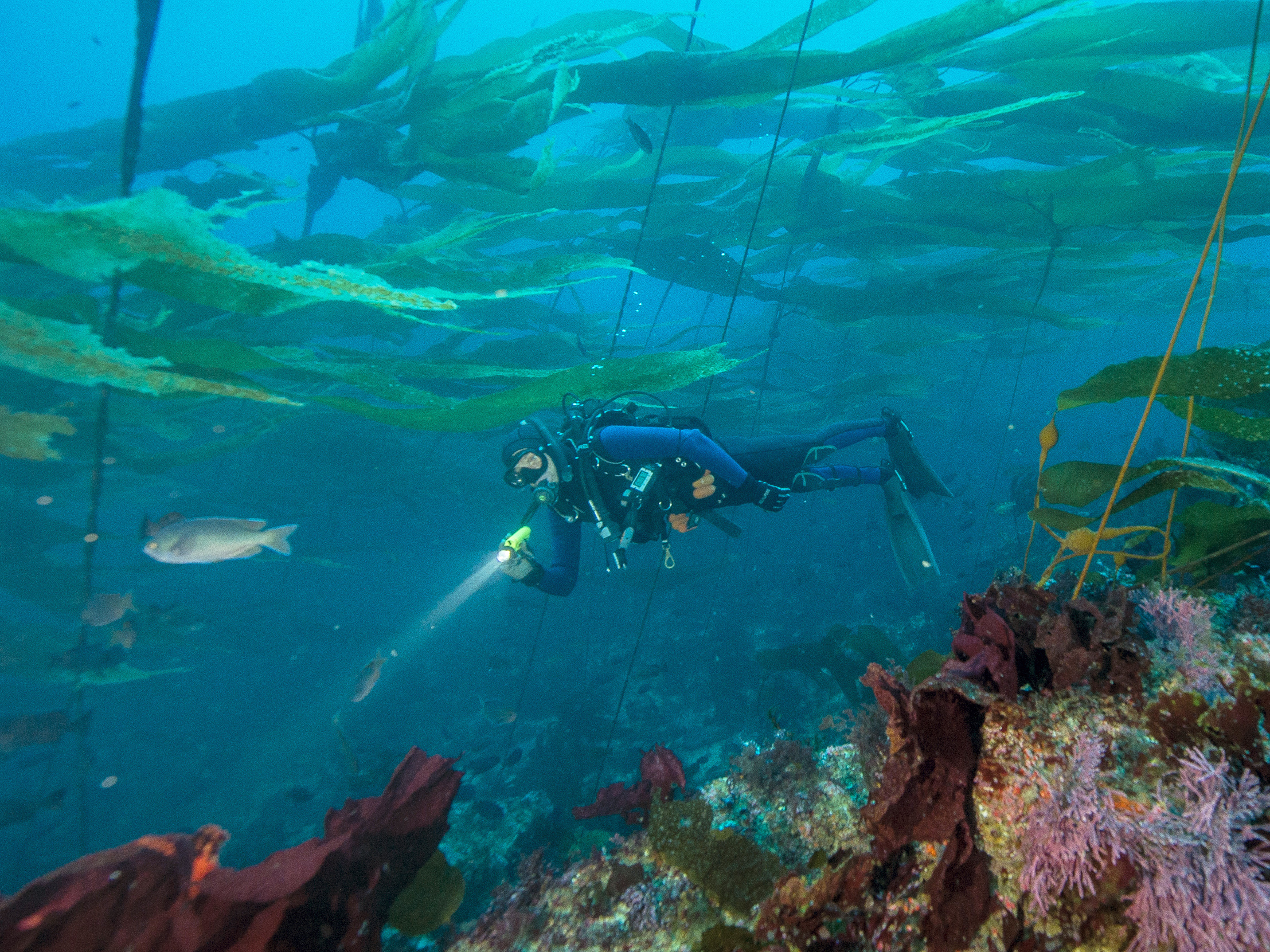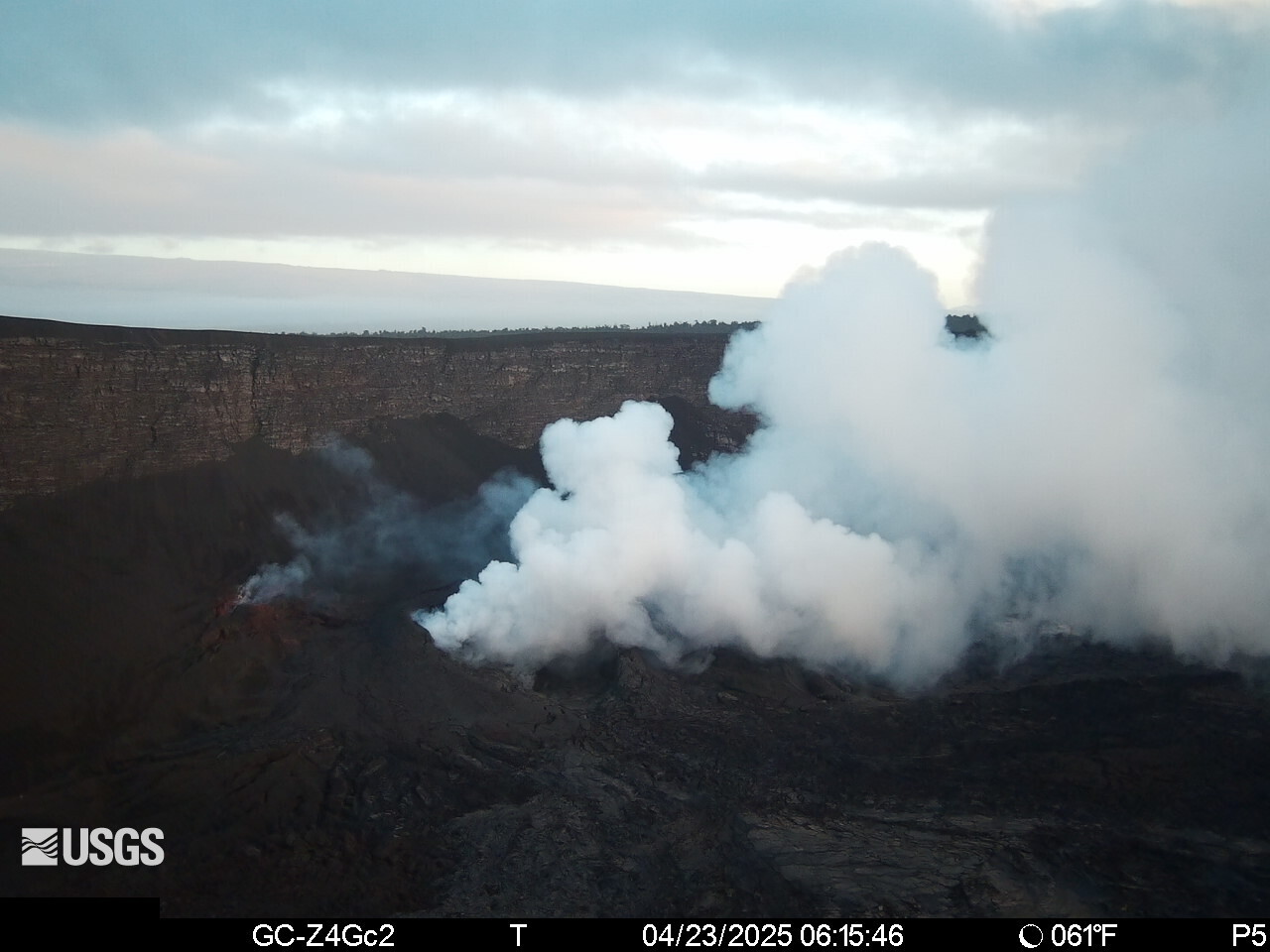04/24/25
Best of the West: National Park Week; Geothermal radio series; Kīlauea eruption; Govs’ executive orders; Emissions-free coal power; and TIME 100 Most Influential

The Western Governors' Association keeps you updated on the latest news in the West. Here are the top stories for the week starting April 21, 2025. (Photos courtesy of Adobe Stock Images, The National Park Service, and the U.S. Geological Survey).
This week marked both National Park Week from April 19-27 and Earth Day on April 22. Western states are the premiere region to see America’s parks, with the majority of the country’s national parks located in the West.
In just the five states of California, Alaska, Utah, Colorado, and Arizona, you can visit nearly half of the country’s 63 official national parks.
Carrying on a 34-year tradition of celebrating National Park Week in April, President Trump officially proclaimed the week as National Park Week 2025, to "celebrate the majestic beauty and rich history preserved within our national parks.”
Including the 63 official national parks, the National Park System encompasses 433 park sites across the country, spanning a total of 84 million acres. Western parks feature some of the most stunning and unique sites in the entire system. Let's explore just a few. 
Among the soaring peaks and glacially carved valleys in Montana’s Glacier National Park, visitors can see a rare hydrological feature known as the Triple Divide. From the summit of Triple Divide Peak, water drains West to the Pacific Ocean, East to the Atlantic Ocean, and North to the Arctic Ocean – one of the few places on Earth where this occurs.
The world's first national park – Yellowstone – was created in 1872 by President Ulysses S. Grant. In addition to its expanse of peaks, forests, and geysers across parts of Wyoming, Montana, and Idaho, Yellowstone is the only place in the country where bison have lived continuously since prehistoric times.
Hawaii Volcanoes National Park is home to two of the world’s most active volcanoes, Kīlauea and Mauna Loa. Volcanic activity there has added 500 acres of land to the island over the last 30 years. Currently, Kīlauea is actively erupting again – keep reading below to learn more about it.
The lush and biodiverse Olympic National Park in Washington is one of the wettest regions in the country, with the Hoh Rainforest receiving 12 feet of rain every year and the higher elevation Olympic Mountains picking up as much as 35 feet of snow.
Washington is one of the wettest regions in the country, with the Hoh Rainforest receiving 12 feet of rain every year and the higher elevation Olympic Mountains picking up as much as 35 feet of snow.
Down the coast is California’s Channel Islands National Park. Known as the “Galapagos of North America,” the island chain is home to 145 plant and animal species found nowhere else on Earth.
These spots represent just a few of the wonders housed in western national parks. For more information check out National Park Week celebrations from the Park Service and National Park Foundation.
information check out National Park Week celebrations from the Park Service and National Park Foundation.
Alongside National Park Week, Western Governors celebrated Earth Day on Tuesday, from Oregon Governor Tina Kotek participating in a cleanup event in Salem to North Dakota Governor Kelly Armstrong proclaiming Earth Day in North Dakota and Hawaii Governor Josh Green hosting a native tree planting ceremony.
New series on geothermal: a new series from Colorado Public Radio is exploring Colorado’s growing geothermal industry, which Governor Jared Polis has helped bring to the state. Governor Polis’ 2023 WGA Chair initiative, The Heat Beneath Our Feet, helped spur interest and growth in geothermal in Colorado and the West, and exciting advancements in the industry are increasingly gaining traction nationwide.
So far, the series has explored proposals for geothermal power in Chaffee County, the wildly successful geothermal project at Colorado Mesa University, and the possibilities for residential geothermal systems.
Kīlauea eruption: the Hawaiian volcano Kīlauea has been particularly active since December 23 of last year, with 18 “eruptive episodes” since that date. Most recently, the volcano spewed lava 650 feet into the air during the early morning hours on Monday, producing fast moving lava flows in the crater.
December 23 of last year, with 18 “eruptive episodes” since that date. Most recently, the volcano spewed lava 650 feet into the air during the early morning hours on Monday, producing fast moving lava flows in the crater.
Check out a live video feed of the volcano from the U.S. Geological Survey here.
Govs’ orders on wildfire: this week, Utah Governor Spencer Cox and Idaho Governor Brad Little both signed Executive Orders relating to wildfire preparedness and forest management.
Governor Cox’s order focused on improving coordination between state, local, and federal partners as the 2025 wildfire season approaches.
Governor Little directed the Idaho Department of Lands to expand its partnership with the U.S. Forest Service to reduce wildfire risk and increase management activities in federally managed forests in Idaho.
Emissions-free coal plants: the decarbonization technology company 8 Rivers is working to develop new technology that promises to eliminate smokestack emissions from coal plants.
The process would burn fuel with pure oxygen instead of ambient air, which then produces a stream of pure CO2. That CO2 is circulated throughout the system to generate power before it can ultimately be sequestered underground, rather than released into the atmosphere as emissions.
The company is reportedly looking into employing the technology at power plants in Wyoming, including the Dave Johnston Power Plant near Glenrock, according to Cowboy State Daily.
To learn more about decarbonization strategies, check out Wyoming Governor Mark Gordon’s 2024 WGA Chair initiative, Decarbonizing the West.
Utah researcher on TIME 100 Most Influential List: Wesley Sundquist, a biochemist at the University of Utah, was named to the TIME 100 Most Influential People of 2025 list alongside his research partner Tomas Cihlar.
The pair have worked for more than a decade to develop a twice-a-year therapy to prevent HIV infection for those at high risk. If approved, the treatment would be the first of its kind to treat HIV.